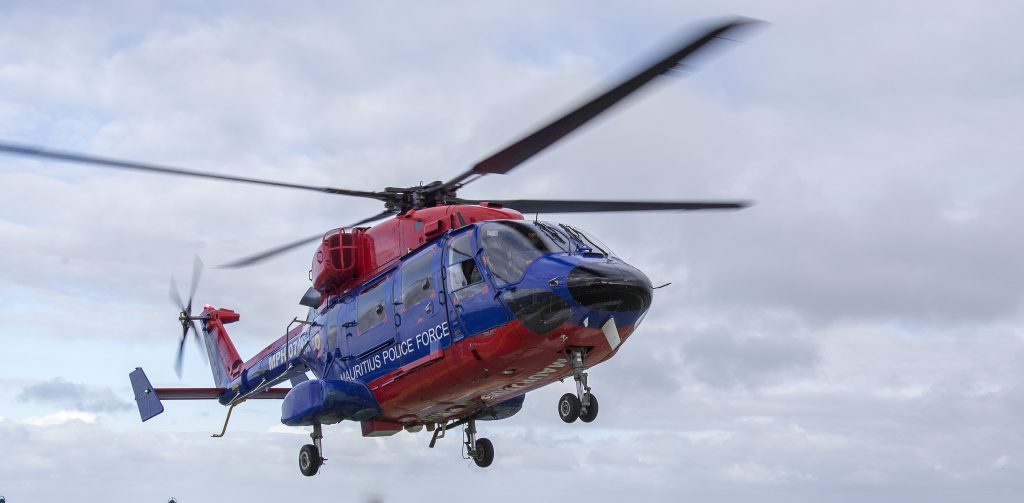
Safety Before Science
Unfortunately our PPEs can’t keep us from getting sick, and when someone isn’t feeling better, despite Dr. Gene Molina’s best efforts, it is best to get them to a hospital. That’s exactly what happened when we were on site a few days ago. We received news that one of our crew members had not been feeling well and even though Dr. Gene had been treating him, he was just not improving.
Dr. Gene specializes in emergency medicine and he consults with doctors on shore when the need arises. Being in a remote area presents its challenges. Dr. Gene uses Radio Medical and Telemedicine software to consult with doctors on shore. This gives the ship access to specialists and it enables two way conversations between the JR and doctors on shore.
Dr. Gene says it is important to know your limitations and the limitations of the medical equipment on board, and we don’t take a person’s health lightly on the JR. Because the crew member’s condition was not improving and a diagnosis was proving difficult to reach, Dr. Gene met with Captain Terry Skinner and Operations Superintendent Steve Midgley. The decision was made to take the crew member to shore to receive treatment in a hospital. A medivac was coordinated between a port agent on shore and Captain Terry.
Because SEIM has a port agent in Mauritius, it would be the best place for us to arrange for a helicopter to medivac the crew member. The JR not only has a helicopter pad, but it has the ability to refuel helicopters for their trip back to shore from the JR. That wasn’t necessary in this case, but in a life threatening emergency the helicopter can double its range.
The hospital recently confirmed that Dr. Gene and Captain Terry made the right decision. The patient has been diagnosed and needs treatment that is not available on the ship. Our crew is one person lighter, and they will be missed, but the Expedition 360 team must band together and get back to scientific discovery.
